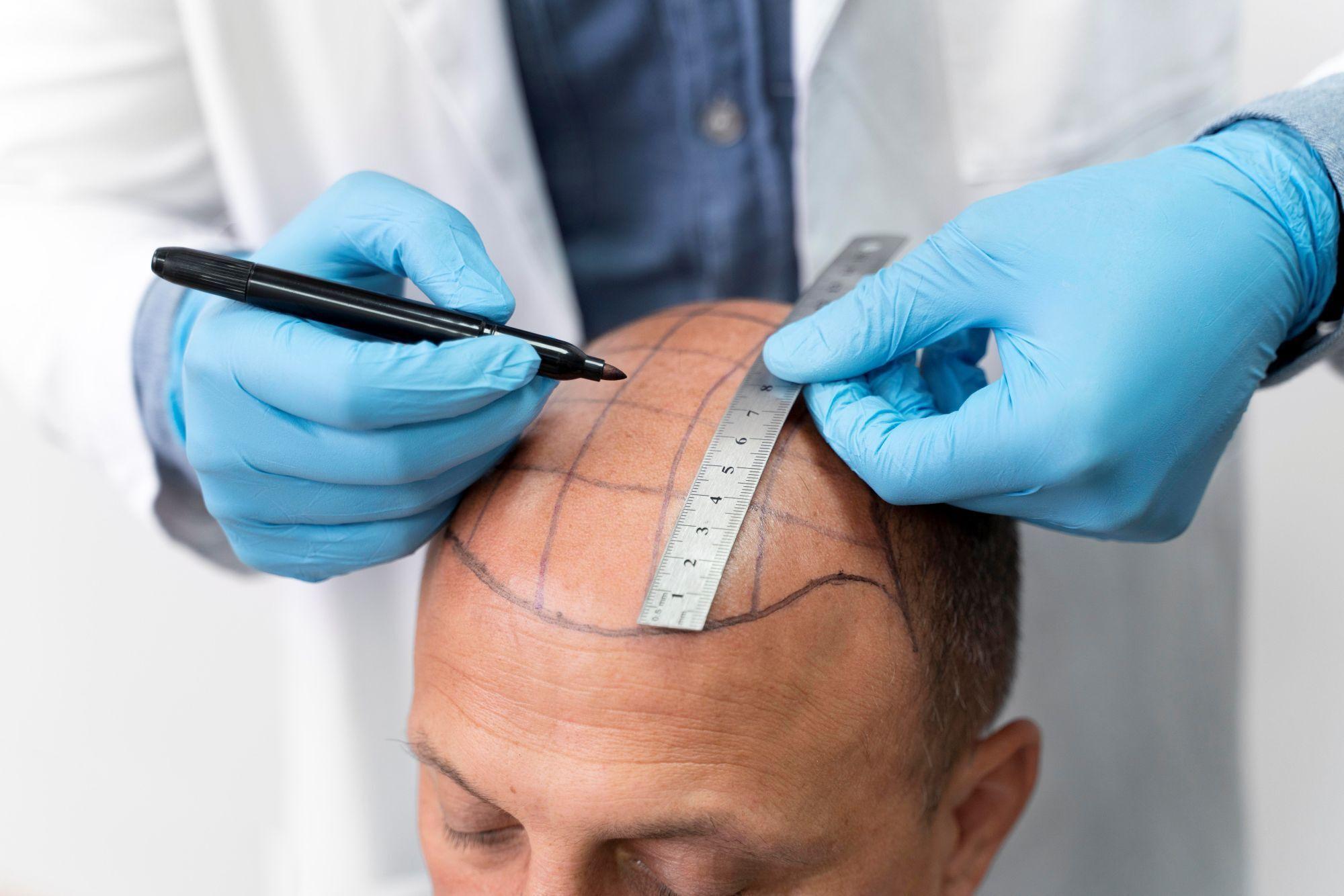Non-Surgical Hair Loss Solutions vs Hair Transplant: Pros and Cons

Hair loss is a common concern affecting millions worldwide, and it can significantly impact self-confidence and appearance. If you're facing thinning hair or bald patches, you might be weighing your options between non-surgical hair loss solutions and Hair Transplant in Dubai. Both approaches come with their benefits and drawbacks, and understanding these can help you make an informed decision tailored to your needs.
In this article, we'll dive deep into the pros and cons of non-surgical hair loss solutions versus hair transplant procedures to give you a clear, balanced perspective.
Understanding Hair Loss: Why Solutions Matter
Hair loss occurs for various reasons, from genetics and hormonal changes to stress and medical conditions. Because causes vary so widely, treatments also differ in their effectiveness and suitability.
Hair restoration generally falls into two broad categories:
-
Non-surgical hair loss solutions: These include topical treatments, oral medications, lifestyle changes, and newer technologies like laser therapy.
-
Hair transplant: A surgical procedure where hair follicles are moved from one area of the scalp to balding areas.
Non-Surgical Hair Loss Solutions: What Are They?
Non-surgical options aim to slow down hair loss, stimulate regrowth, or conceal thinning areas without surgery or invasive methods. Common types include:
-
Topical treatments: Minoxidil (Rogaine) is a popular over-the-counter medication that helps stimulate hair growth.
-
Oral medications: Finasteride (Propecia) is a prescription pill that can slow hair loss by blocking hormones that cause follicle shrinkage.
-
Low-level laser therapy (LLLT): Devices like laser combs or helmets stimulate scalp circulation and potentially encourage hair growth.
-
Hair thickening products and concealers: Shampoos, fibers, and sprays provide immediate cosmetic improvement.
-
Nutritional supplements: Vitamins and minerals like biotin and zinc support hair health.
-
Scalp micropigmentation: A form of cosmetic tattooing that gives the illusion of thicker hair.
Pros of Non-Surgical Hair Loss Solutions
-
Non-invasive: No needles, incisions, or surgery involved.
-
Lower cost: Generally much more affordable upfront compared to surgery.
-
Easy to use: Many treatments can be applied at home.
-
Minimal downtime: No recovery period or significant side effects for most.
-
Ideal for early-stage hair loss: Great for slowing or partially reversing thinning.
-
Versatile: Can be combined for a multi-angled approach.
Cons of Non-Surgical Hair Loss Solutions
-
Requires consistency: Daily or regular use is necessary for best results.
-
Slower results: Noticeable changes may take several months.
-
Limited effectiveness: Not as powerful as surgical options in advanced balding.
-
Temporary: Benefits may diminish if treatment stops.
-
Possible side effects: Some medications cause scalp irritation, sexual side effects, or other issues.
-
Not a cure: Primarily manages symptoms rather than permanently restoring lost hair.
Hair Transplant: What Does It Involve?
A hair transplant is a surgical procedure where healthy hair follicles are taken from one part of the scalp (usually the back or sides) and transplanted to bald or thinning areas. Types include:
-
FUT (Follicular Unit Transplantation): A strip of scalp is removed and divided into follicular units.
-
FUE (Follicular Unit Extraction): Individual follicles are extracted and implanted.
The aim is to achieve a natural-looking hairline and restore fullness.
Pros of Hair Transplant Surgery
-
Permanent solution: Transplanted hair typically continues to grow for a lifetime.
-
Natural results: Using your own hair creates a seamless look.
-
Effective for advanced hair loss: Can cover bald spots that non-surgical treatments cannot fix.
-
One-time procedure: Generally only needs to be done once, though follow-ups are possible.
-
Improves confidence: Dramatic cosmetic improvement can boost self-esteem.
Cons of Hair Transplant Surgery
-
Higher cost: Significantly more expensive than non-surgical treatments.
-
Invasive procedure: Requires anesthesia and has surgical risks.
-
Downtime and recovery: Swelling, redness, scabbing, and some discomfort can last several days to weeks.
-
Variable results: Dependent on surgeon skill and individual hair characteristics.
-
Limited donor hair: Not everyone has enough donor follicles for a full transplant.
-
Potential scarring: Especially with FUT, although modern methods reduce this risk.
-
Not immediately visible: Transplanted hair may shed initially before regrowth starts around 3-4 months post-surgery.
Which Option Is Right For You?
Choosing between non-surgical hair loss solutions and hair transplant surgery depends on several factors:
Consider Non-Surgical Solutions If:
-
You have early or mild hair thinning.
-
You prefer a non-invasive, low-risk approach.
-
You want to delay surgery or are not ready for it.
-
Budget constraints prevent surgery at the moment.
-
You want to use treatments as a complementary approach post-transplant.
Consider Hair Transplant If:
-
You have significant bald patches or advanced hair loss.
-
You want a more permanent, dramatic restoration.
-
You have enough healthy donor hair.
-
You are comfortable with surgery and recovery.
-
You’ve tried other treatments without sufficient improvement.
Combining Both Approaches: A Balanced Strategy
Many people find success by combining Non-surgical Hair Loss Solutions Dubai with a hair transplant for optimal outcomes:
-
Using medications before surgery can strengthen existing hair.
-
Post-transplant therapies can help maintain and support new growth.
-
Cosmetic products can improve appearance while waiting for results.
Conclusion
Hair loss can feel overwhelming, but choosing the right treatment starts with understanding your options. Non-surgical hair loss solutions offer accessibility, convenience, and gradual results with minimal risk, especially for early-stage hair loss. In contrast, hair transplant surgery delivers a more permanent and natural restoration, albeit with higher costs, risks, and downtime.
- Art
- Causes
- Crafts
- Dance
- Drinks
- Film
- Fitness
- Food
- Jogos
- Gardening
- Health
- Início
- Literature
- Music
- Networking
- Outro
- Party
- Religion
- Shopping
- Sports
- Theater
- Wellness


